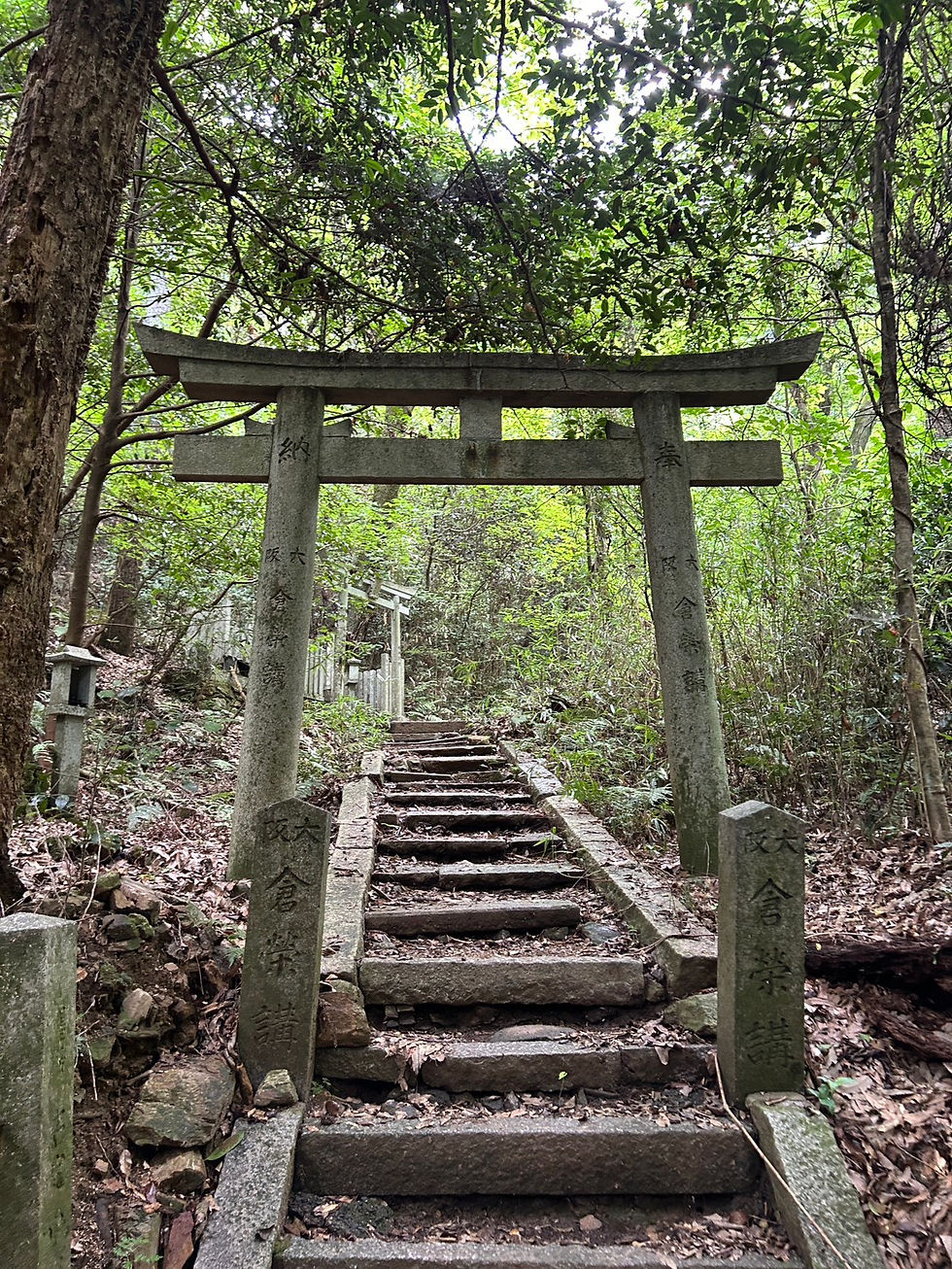Battle Scars of the Past on The Streets of Kyoto
- Phillip Jackson

- Jul 18, 2021
- 3 min read
As you wander around Kyoto it is easy to miss some of the scars of history that the city still bears. Because of the battles that have taken place within Kyoto over the centuries have resulted in fires and destruction of parts of the old capital many of these scars that can be seen today are from more recent times. In this short post we will look at three particular locations and see what the past residents of Kyoto have left behind to remind us of their 'struggles'!
Bullets at The Battle of Toba Fushimi
In January 1868 over a three day period a number of skirmishes took place across the Fushimi and Toba area as part of the Boshin War. On one side were the Imperial forces, and on the other was the larger contingency of Bakufu supporters which included the Shinsengumi. The Imperial side was well armed with modern artillery and at this location in Fushimi near the Otesuji shopping street positioned higher up at the Gokugu Shrine. The Bakufu soldiers were positioned around the magistrate's office lower down. The Shinsengumi decided to charge the Imperial forces but with swords and attacking a fortified higher position they suffered badly and would eventually retreat during the night to Yodo. Left behind to show evidence of the fight though are bullet marks on the outside of a restaurant that still is there today.


Blades on Sanjo Bridge
Although the current Sanjo Bridge as it stands today was constructed in 1950, some of the stone pillars at each end and all but one of the copper finials that line the top of the bridge are originals from when Hideyoshi Toyotomi had a bridge built here in 1590. The finials were gifts from daimyo vassal of Hideyoshi from around the country. Walking over the bridge, stop at the second pillar on the south side from the west side of the bridge for the first signs of a battle that was savagely fought in this area on the hot humid night of June 5th 1864. On the finial can clearly be seen a cut mark from a sword blade. This blade mark was made during the famous incident at Ikeda-ya close by when fighting spread to the surrounding area and onto the bridge. The incident involved, yet again, the Shinsengumi, and Choshu clan rebels. It is not known though who made or from which side the sword blade came.


Hamaguri Gomon Gate and the Kinmon Incident
The Kinmon incident, also known as the Hamaguri Gate Rebellion, was a rebellion against the Tokugawa shogunate that took place in the summer of 1864, at one of the Forbidden Gates of the Imperial Palace. Sparked by the Ikedaya Incident (see above), the samurai of Choshu (who up until that point had been divided upon what action to take against the Tokugawa Shogunate in their bid to restore the Emperor to power) positioned themselves in four locations outside the city (Fushimi, Yawata, Saga, and Yamazaki). With over 2,000 soldiers in position they communicated to the Palace their intent to investigate the perpetrators of the Ikedaya Incident whilst professing their allegiance to the royal household, and claimed the innocence of the Choshu lord and other court nobles who had been banished due to an earlier coup. Their protests were disregarded by the Shogunate and as a result, the Choshu small army marched into Kyoto with the intent of taking control of the Imperial Court.
Vastly outnumbered by soldiers of Aizu and Satsuma, the rebellion failed though parts of the city were burnt down over a five mile area from fires started by the Choshu fighters.
Today, bullet marks can been seen on the wooden posts and gate doors of the Hamaguri Gate, evidence of the fierce battle that took place right.

HIDDEN PATHS -Walking Historical Kyoto Volumes 1-4 & Omnibus Edition plus PARANORMAL KANSAI - Mysteries & Unexplained Stories of West Japan are available in digital and paperback formats from all regions of AMAZON.





Comments